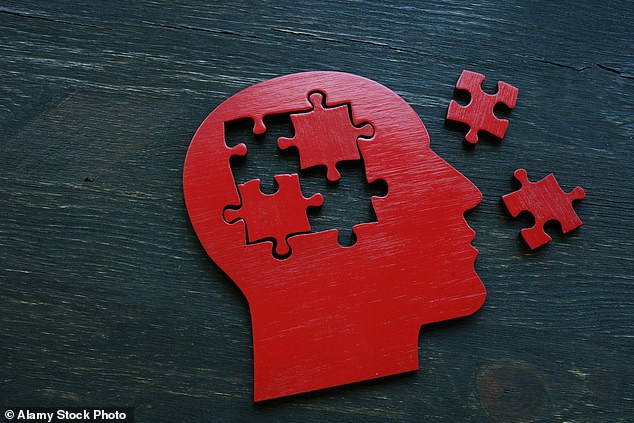Exposing patients to flashing lights and sounds may offer a new drug-free way to treat dementia.
The combination is believed to work by removing brain proteins thought to be involved in Alzheimer’s disease, the most common form of dementia. This is expected to slow the progression of the disease and even improve symptoms, according to a new study.
One theory is that in people with Alzheimer’s, these toxic proteins are not removed as effectively as usual.
In research with mice, exposure to lights (which flash 40 times per second) and low sounds for one hour a day for ten days resulted in an increase in the amount of proteins eliminated through the brain’s drainage system, known as the glymphatic system and improvements in memory.
Researchers at the Massachusetts Institute of Technology say the discovery, published in the journal Nature, could lead to new treatments for those suffering from early Alzheimer’s.

Exposing patients to flashing lights and sounds may offer a new drug-free way to treat dementia (File Photo)


In research with mice, exposure to low-pitched lights and sounds for one hour a day for ten days resulted in an increase in the amount of proteins removed through the brain’s drainage system and improvements in memory (File Photo)
Currently, 100 people with mild Alzheimer’s are participating in the first human trials of the treatment.
Around a million people in the UK have dementia and around 70 per cent of them have Alzheimer’s.
The cause is not fully understood, but one idea is that it is related to an abnormal buildup of toxic proteins called amyloid and tau in and around brain cells. These proteins clump together, which is thought to interfere with communication between brain cells.
Over time, the parts of the brain affected by the lumps shrink and there is a reduction in the levels of chemicals needed to send nerve messages, such as acetylcholine (acetylcholine levels are particularly low in people with Alzheimer’s).
Over time, the brain struggles to cope with the damage and the patient begins to have problems with memory and thinking.
Current treatments are mainly limited to treating the symptoms of early dementia. The new light treatment is based on the fact that in a healthy brain, excess proteins are continuously expelled along with other toxins through the glymphatic system.
But in some people, this process slows down as they age. An emerging theory is that this leads to a toxic buildup in the brain.
Previous research has found that sound waves can affect the activity of nerve cells in the brain.
The new study involved lights flashing at a frequency of 40 Hz (40 times per second) and a low-pitched sound of 60 dB, about the volume of standard conversation. This combination of light and sound was shown to cause the blood vessels near the brain’s drainage system to pulsate more, speeding up drainage. It is not clear exactly why.


Researchers at the Massachusetts Institute of Technology (pictured) say the discovery, published in the journal Nature, could lead to new treatments for those suffering from early Alzheimer’s.
For upcoming human trials, patients with mild Alzheimer’s will look at a panel with LEDs and speakers to produce sound, or will receive a placebo.
Katherine Gray, head of research at the Alzheimer’s Society, said: “While this new research suggests a potential new way of tackling Alzheimer’s, much more work is needed to understand how it could benefit people.” We welcome the evidence and look forward to seeing the results of the investigation.’
Eating too much salt increases the risk of dementia. An analysis of the diets of more than 400,000 people from the UK Biobank showed that the risk could increase by up to 54 percent among those with the highest intake.
The researchers, in Genes & Nutrition, suggest that one possibility is that salt is linked to high blood pressure, which has previously been linked to cognitive decline.
